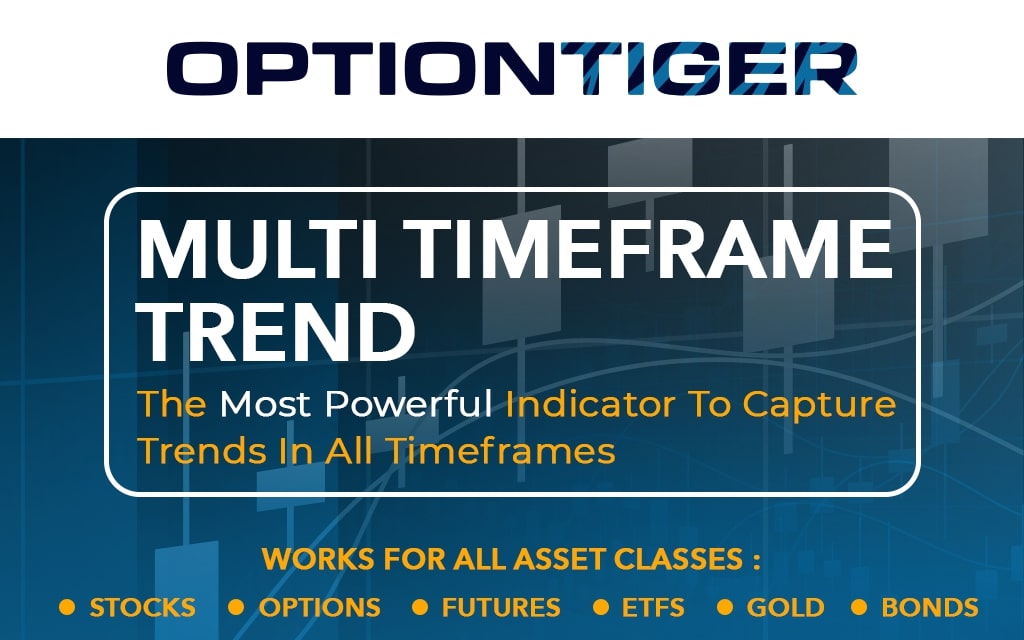Anyone that’s ever traded the VIX Options would have experienced some strange behavior that defies traditional Options models. The VIX skyrockets, but your VIX calls are not making money – this is by far the most common occurrence. The simple answer is that VIX Options are priced off the VIX Futures contract because there is no other “underlying” instrument. There is no security called the VIX stock itself that is traded. So in theory, while the VIX is skyrocketing today, the VIX Futures contract expiring 1 or 2 months away may not budge. Why ? Because institutional traders believe the current spike in the VIX is temporary, and will pass in a few days. If this is the general belief, then the VIX Future won’t move, and your Call Option, which is a derivative priced off the Futures remains stuck in the mud.
But there is also something more to this – which many people may not have focused on. Its the concept of Implied Volatility of the Volatility index itself. Let’s take a look at this VIX Options chain.
We know that the VIX is near multi-year lows at the 13 handle. But look to the right where you see the Implied Volatility of the VIX Options itself. The Feb series is at 85%, and March and April are 70%. This is exactly what makes the VIX an even harder instrument to understand. The Volatility of the Volatility index is 85% ?? Okay, I need some time to chew on that.
So I was looking into this matter, and found that the CBOE had started an actual “Volatility index on the Volatility Index” last year, and this is called the VVIX. So in simpler terms (hopefully), this is a VIX of the VIX itself.
A plot of the VVIX back to one year is shown in the figure below. Sure enough, this index oscillates wildly between 70 and 120, at least it did in the last year. And on some weeks (it’s a weekly chart), it fluctuated between 72 and 105.
So the question is – if this is the kind of Implied Volatility that’s being priced into the VIX Options, an Options trader must be very careful about the Vega exposure of their VIX positions. Whether you’re positive Vega or negative Vega, you must be aware of the situation you’re in, because such a large Vega exposure can make or break your trade. This is just one more reason to tell yourself if you do trade VIX Options, always make it a spread. A spread neutralizes your Vega exposure to a large extent. And if you can construct a trade with one leg of the spread slightly in-the-money and the other leg of the trade as slightly out-of-the-money, it should be possible to make it a Vega neutral trade. Why is this important ? If you have a directional bias on the VIX, then it’s critical to take Vega out of the equation, especially because it can have such a large impact.


